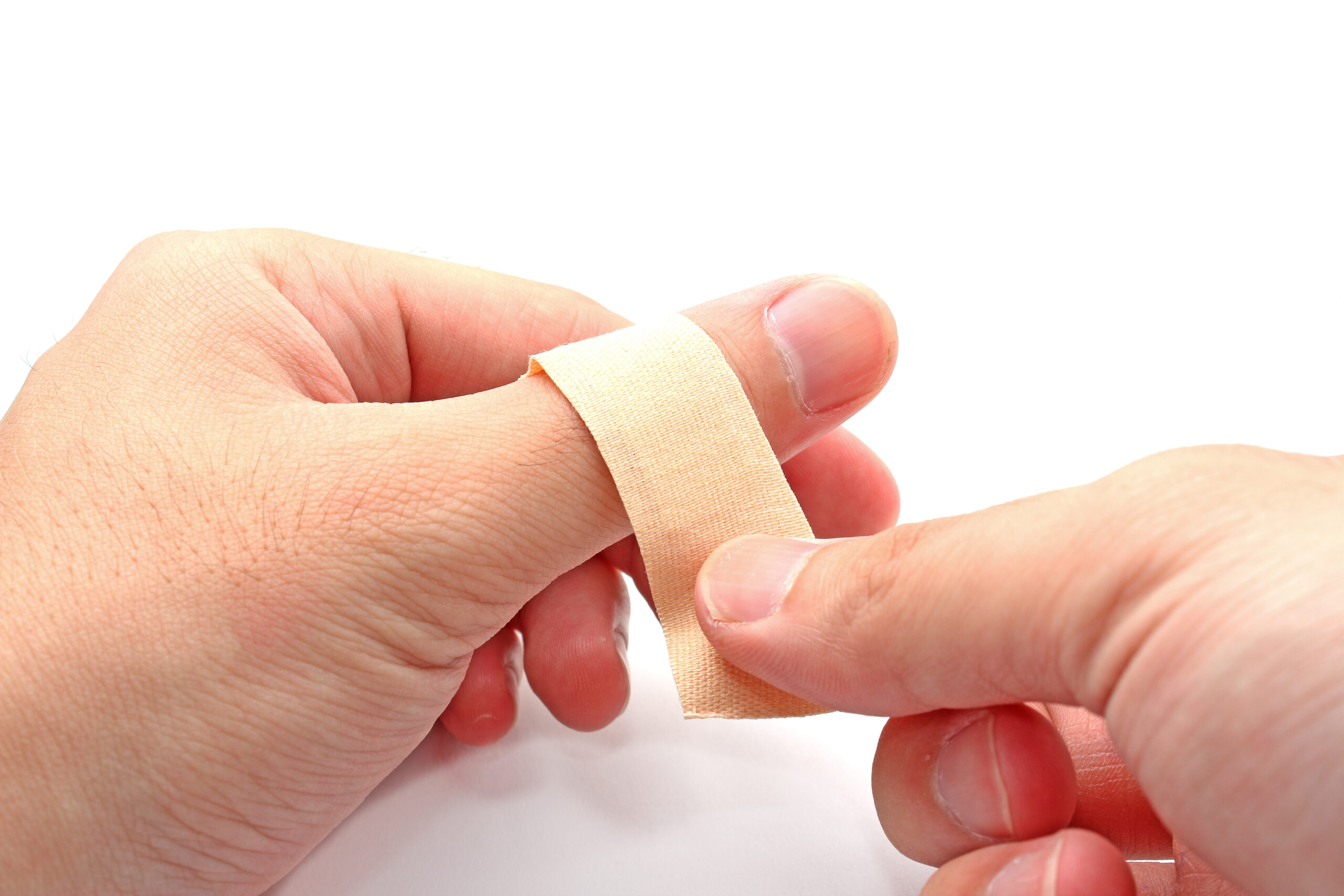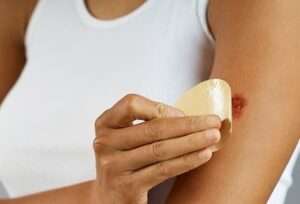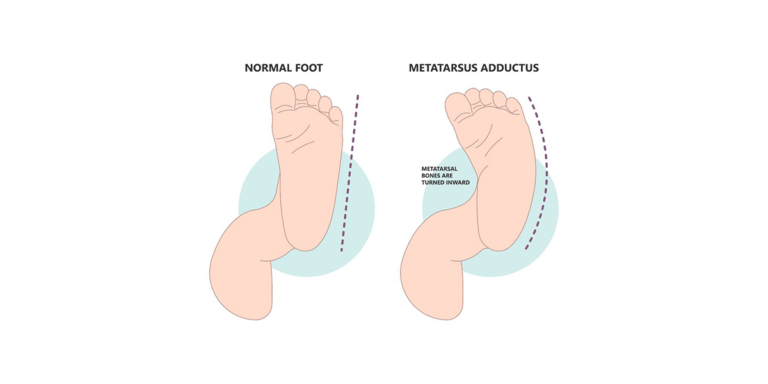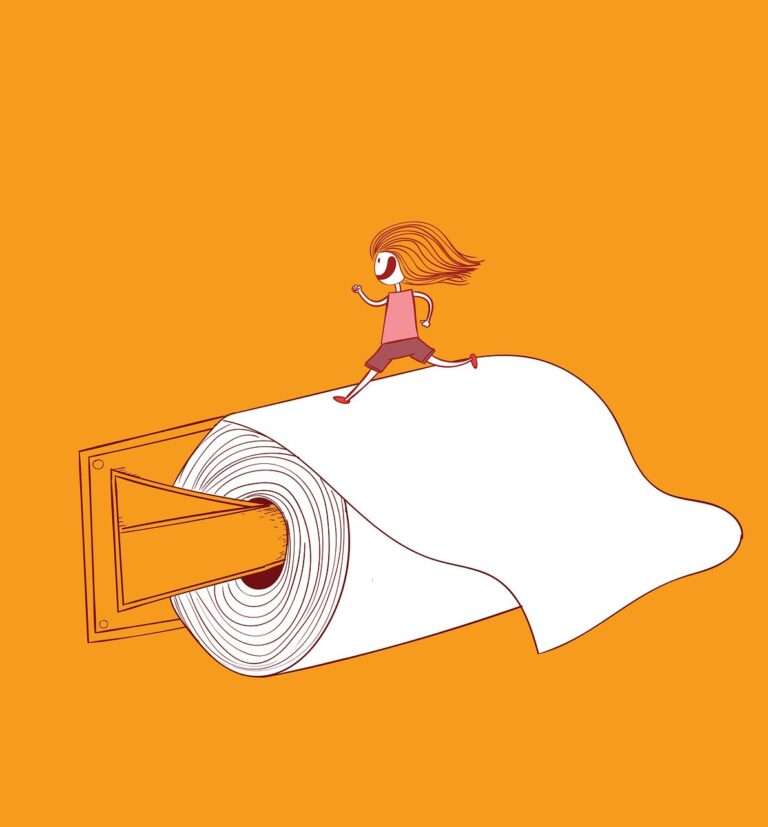Cut wounds
- Dr Maryum Sohail
- February 22, 2024
- 5:59 pm

Kids are inclined to cut, brush, and gash because of their dynamic ways of life and ordinary exercises. As a parent, knowing how to give legitimate medical aid and care for these sorts of cut wounds is fundamental.
Figuring out Cut Wounds, Touches, and Slashes:

At the point when the skin is parted by influence, normal wounds incorporate cut injuries, touches, and slashes. They can happen anyplace on the body and can cause draining of fluctuating degrees. These cut wounds often occur during play, sports, incidents, or routine activities. Slipping on a wet floor and falling, bringing about a scratched knee.
- Running with scissors and accidentally cutting a finger.
- Falling off a bicycle while learning to ride and scraping elbows and knees.
- Bumping into a low coffee table and getting a bump on the head.
Managing Minor Cut Wounds:
- Rinse the wound and surrounding area with water to remove dirt or debris.
- Cover the wound with a clean dressing, such as a Band-Aid, to protect it and promote healing.
- Change the dressing regularly if it becomes wet or dirty.
Also, Check: first aid for seizures
Treatment for Profound Cut Wounds as a Medical aid:

When standing up with major or profound cut injuries, the essential goal is to stop the dying. Follow these steps to provide initial care:
- Clean your hands or wear clean rubber gloves before treating the wound.
- Apply firm pressure directly on the wound with a clean, dry cloth. Assuming it’s on an arm or leg, raise the appendage over the heart level while applying pressure.
- Maintain pressure for five minutes.
- After the bleeding has slowed or stopped, rinse the wound and surrounding area with water.
- Cover the wound with a dressing or small bandage to protect it and promote healing.
- In the wake of controlling emergency treatment, it is prudent to connect with your medical care supplier for a quick assessment and to get direction on whether fastens are vital for the injury.
When to Look for Critical Clinical Consideration?
In certain situations, more severe cut wounds require immediate medical attention.
Take your child to a GP or the nearest hospital emergency department if:
- There is a large amount of bleeding that does not quickly stop.
- The wound is deep or located over a joint.
- The cut wounds resulted from a human or animal bite.
- Your child hasn’t had a tetanus vaccination within the last five years.
- The wound is gaping apart despite controlling bleeding.
- Blood is spurting from the wound, which may indicate a damaged artery.
- The wound has an object sticking out of it, like glass or a stick. Please do not remove the object; continue applying pressure around it.
Also, Check: eye injuries
Follow-up Care and Preventing Scarring:
Monitoring the wound’s healing process and preventing infection after getting initial treatment is essential. Follow these tips:
- Change the dressing or bandage whenever it becomes wet or dirty.
- Remove the bandage after a couple of days to promote healing.
- Watch for signs of infection, such as redness, increasing pain, oozing, warmth, swelling, or a foul odor.
Dr Maryum Sohail
Subscribe to Dr Owais YouTube channel
For parenting advice, child health, symptoms, causes and treatment of illness in children.





